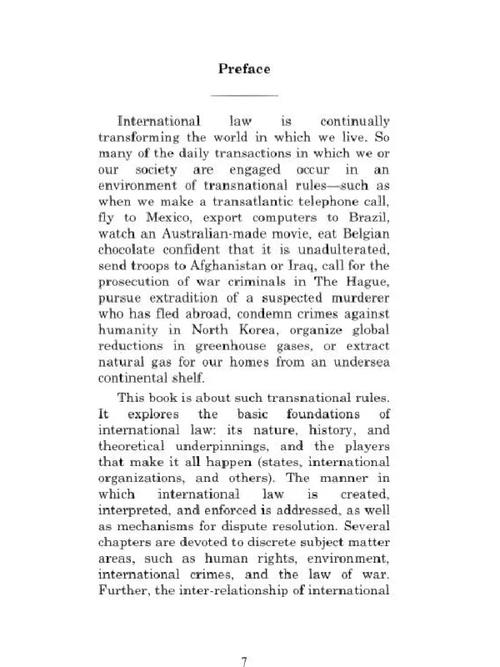
Have you ever wondered how your brain fills in the gaps and completes a picture even when some parts are missing? This fascinating phenomenon is known as the Law of Closure, a concept that has intrigued psychologists and cognitive scientists for decades. In this article, we will delve into the Law of Closure, exploring its definition, origins, applications, and its impact on our daily lives.
What is the Law of Closure?
The Law of Closure is a psychological principle that describes the tendency of humans to mentally fill in the gaps in incomplete information to perceive a complete and coherent image or concept. This cognitive process allows us to make sense of the world around us, even when we are presented with fragmented information.

For example, imagine you see a partially hidden object. Your brain automatically fills in the missing parts, allowing you to recognize the object as a whole. This ability to complete a picture is essential for our survival and helps us navigate our environment effectively.
Origins of the Law of Closure
The Law of Closure was first introduced by Gestalt psychologist Max Wertheimer in the early 20th century. Wertheimer observed that people tend to perceive objects as whole entities, even when they are presented in a fragmented manner. This led him to propose the Law of Closure as a fundamental principle of human perception.
Wertheimer’s work laid the foundation for the Gestalt theory, which emphasizes the importance of the whole in understanding human perception and cognition. The Law of Closure is one of the key principles that support this theory.
Applications of the Law of Closure
The Law of Closure has numerous applications in various fields, including psychology, design, art, and marketing. Here are a few examples:

-
In psychology, the Law of Closure helps us understand how people perceive and interpret the world around them. It explains why we are able to recognize objects, faces, and scenes even when they are partially obscured.
-
In design, the Law of Closure is used to create visually appealing and coherent images. Designers often use this principle to guide their work, ensuring that their designs are complete and easy to understand.
-
In art, the Law of Closure allows artists to create intriguing and thought-provoking works. By leaving parts of their artwork incomplete, artists can encourage viewers to engage with the work and fill in the gaps themselves.
-
In marketing, the Law of Closure can be used to create effective advertisements. By presenting a partial image or concept, marketers can pique the interest of consumers and encourage them to seek more information.
Impact of the Law of Closure on Daily Life
The Law of Closure plays a significant role in our daily lives, influencing how we perceive and interact with the world. Here are a few ways in which the Law of Closure impacts us:
-
Communication: When we communicate with others, we often rely on the Law of Closure to fill in the gaps in our understanding. This allows us to interpret messages and convey our thoughts effectively.
-
Learning: The Law of Closure helps us learn new information by filling in the gaps in our knowledge. This allows us to make sense of new concepts and integrate them into our existing understanding.
-
Decision-making: When we make decisions, we often rely on the Law of Closure to fill in the gaps in our information. This can lead to biases and errors in judgment, so it’s important to be aware of this cognitive process.
Table: The Law of Closure in Different Fields
| Field | Application |
|---|---|
| Psychology | Understanding human perception and cognition |
| Design | Creating visually appealing and coherent images |
| Art | Creating intriguing and thought-provoking works |
| Marketing | Creating effective advertisements |
In conclusion, the Law of Closure is a fascinating psychological principle that plays a crucial role in our daily lives. By understanding how our brains fill in the gaps, we can better appreciate the complexity of human perception and cognition. Whether you’re a psychologist, designer, artist, or marketer



